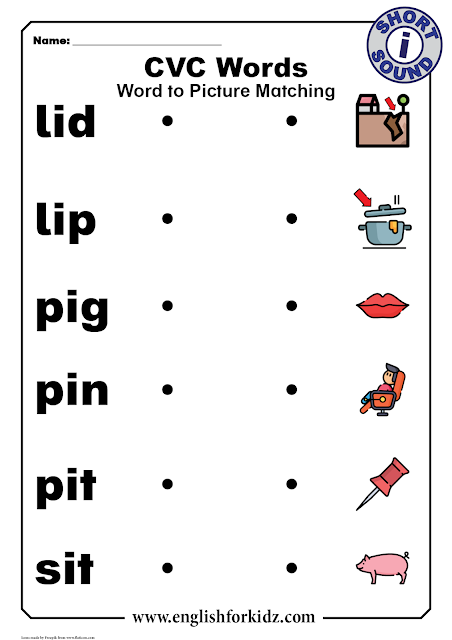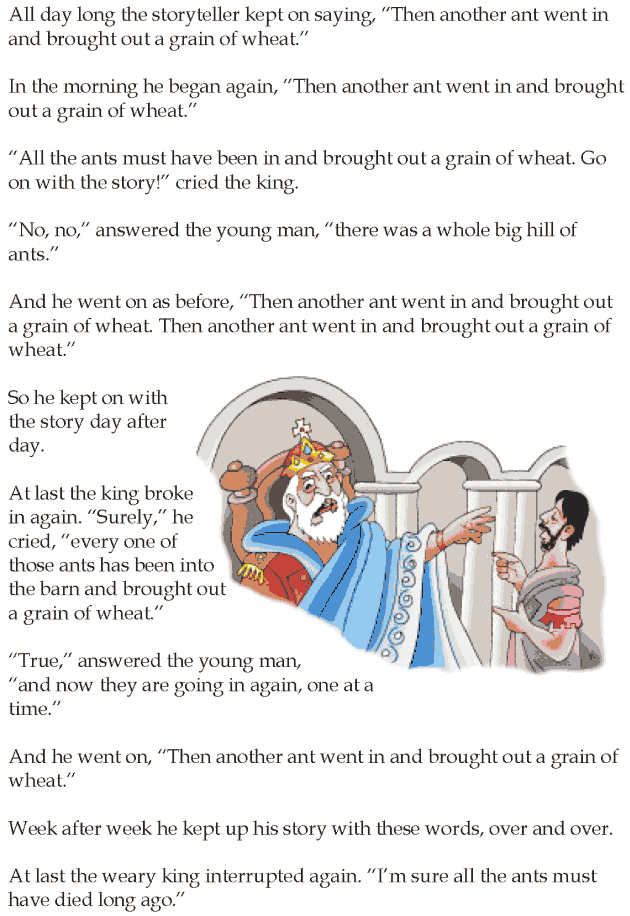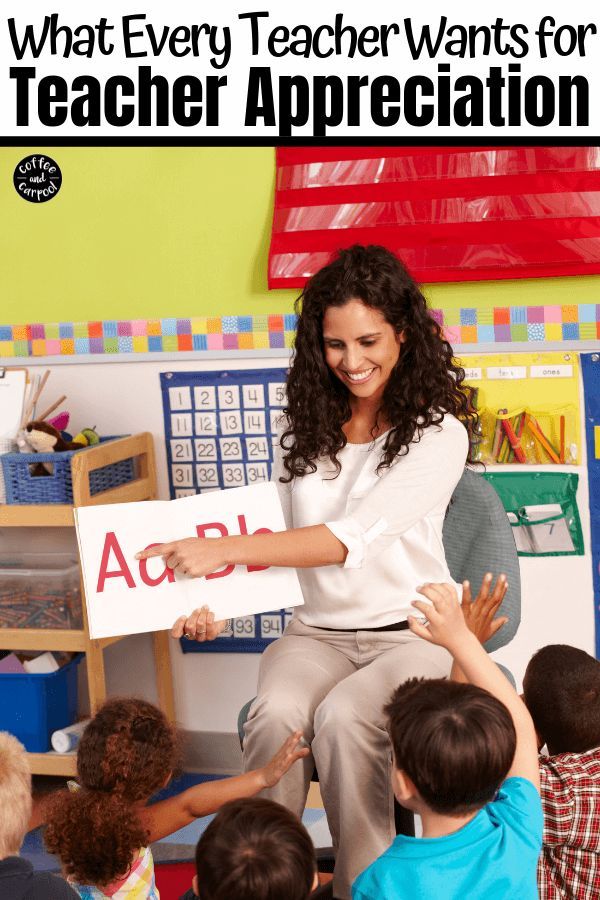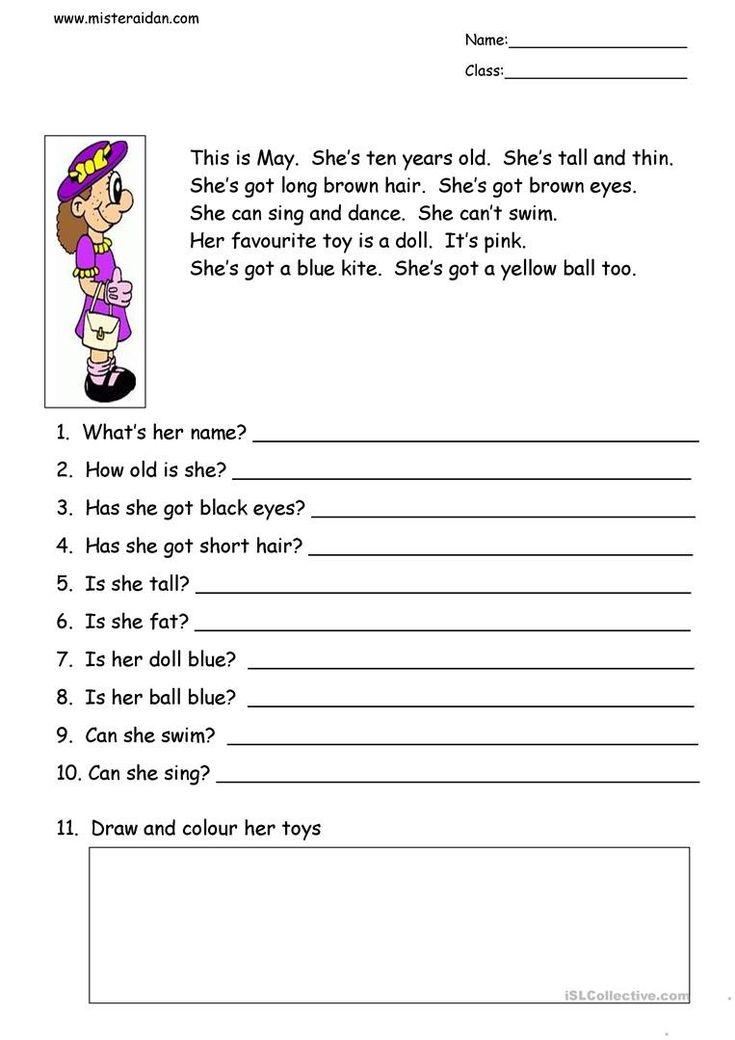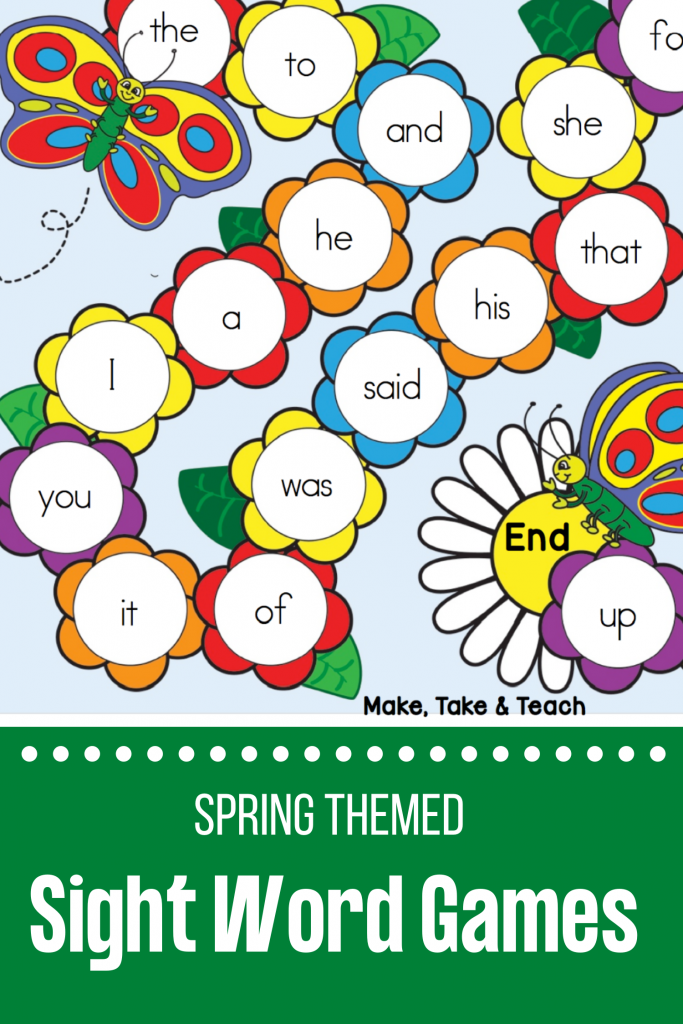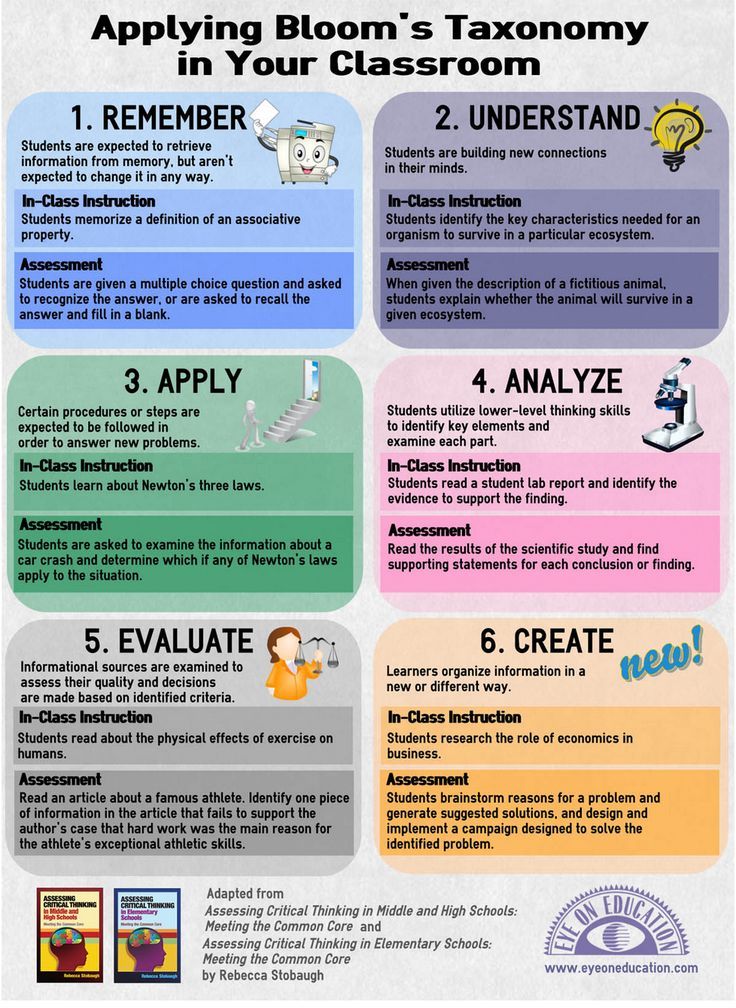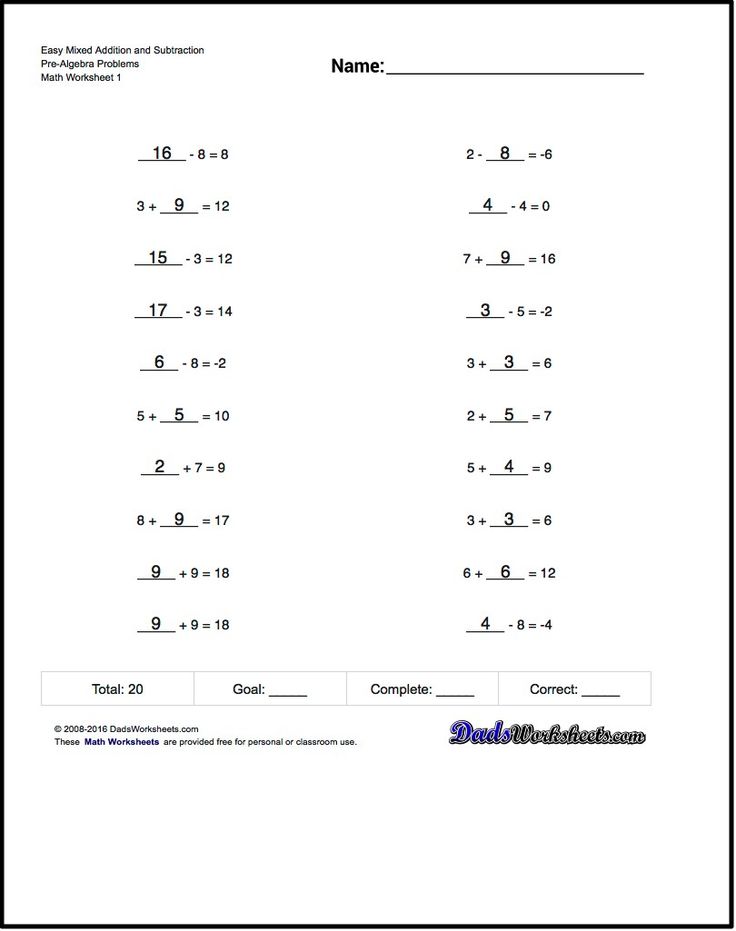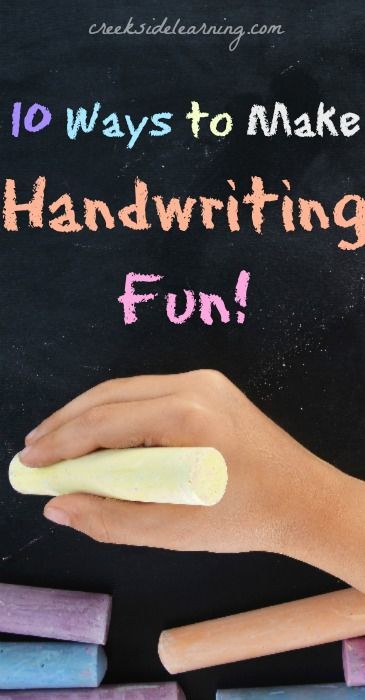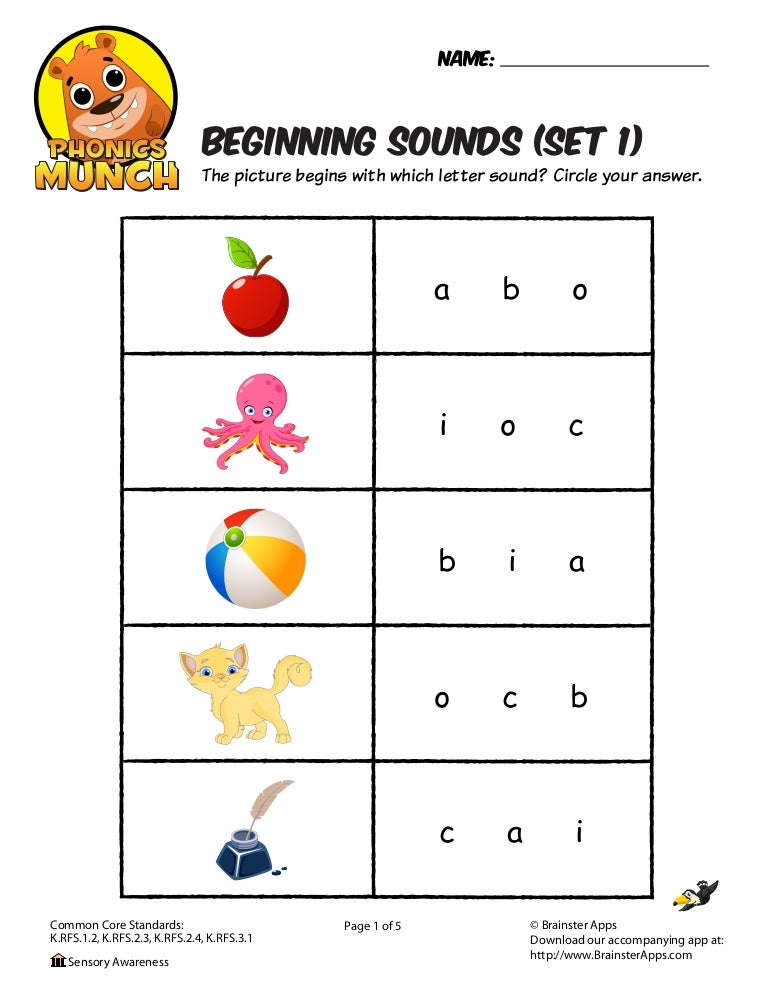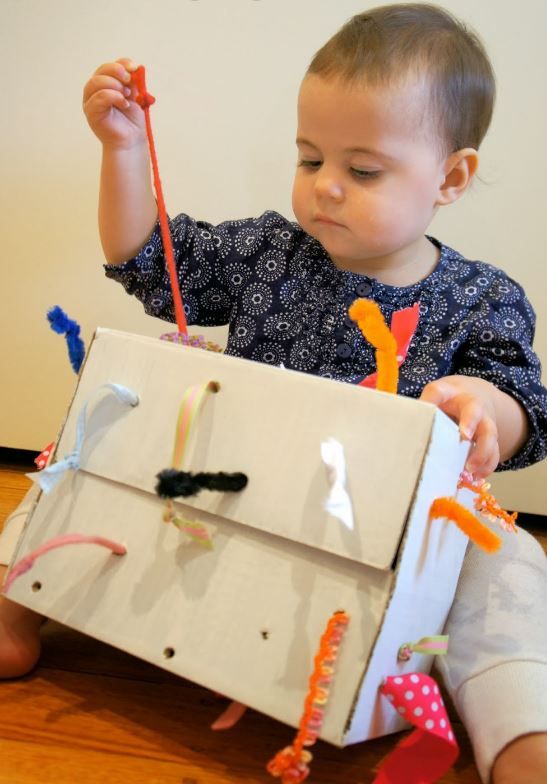Short vowel words for kids
List of Short Vowel Words
The English language provides a list of short vowel words that seem to be never ending. A short vowel word is any word that doesn't allow the vowel within it to generate that vowel's long vowel sound.
List of Short Vowel Words
For example, the word "bug" is a short vowel word because there's no long "U" sound. A word doesn't necessarily have to have three letters to be a short vowel word, but it makes for the easiest example and three-lettered words make up the bulk of any list of short vowel words. Let's take a look.
Advertisement
Short Vowel Sounds in Words
Here's the reason why words with only three letters typically make the short vowel sound. Three letters usually don't allow for a second vowel to force the long vowel sound out. Exceptions include words like "bee" or "tea."
These words use a second vowel to force the long vowel sound from the first one, while other words like "ant" or "mat" use the placement of consonants to force a short vowel sound.
But, here's an important point to keep in mind. The words listed below are short vowel sounds, not short vowel spellings. That is, just because a word is short, doesn't mean it will automatically have a short vowel sound. And vowel as written doesn't always correspond with the sound it makes. Take the word "pretty." The E is sounded like a short I, and the Y is sounded like a long E. Phonetically, it sounds more like "prit-tee," not "pret-tai."
Likewise, we can't assume a long word will automatically have a long vowel sound. Let's look at the word "business." The U and E in "business" are also sounded like a short I, and the I is silent altogether. Phonetically speaking, we don't pronounce it "buss-eye-ness." It's more like "biz-niss." With that in mind, let's explore more short vowel words, sorted by letter.
Short "A" Words
The short A sound is what you hear in words like "bat" or "map." Here are some other great examples of words with the short A sound.
act | apt | ask | bat | bad | bag | cat |
cap | cab | dad | dab | Dan | fan | fat |
fad | gap | gab | gal | gas | ham | has |
had | hat | jab | jam | lab | lad | lag |
lap | man | mad | mat | map | nap | pan |
Pam | pad | pal | ran | ram | rag | rat |
Sam | sad | sag | sat | sap | tab | tan |
tad | tag | tap | van | vat | yam | zap |
Advertisement
Short "E" Words
The short E sound is what you hear in words like "gem" or "hem.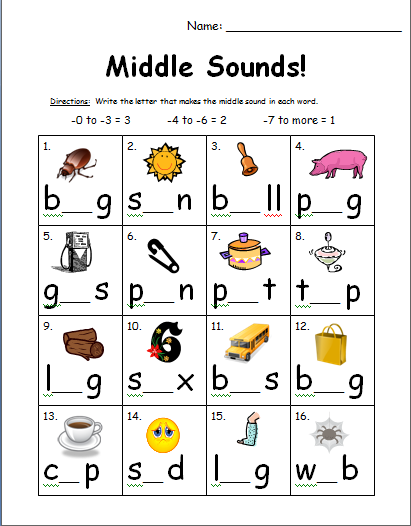 " Here are some other great examples of words with the short E sound.
" Here are some other great examples of words with the short E sound.
ben | bed | beg | bet | den | fed |
gem | get | gel | hen | hem | jet |
keg | led | leg | let | men | met |
net | pen | peg | pet | red | set |
ten | Ted | vet | yet | wed | wet |
Short "I" Words
The short I sound is what you hear in words like "dim" or "fib." Here are some other great examples of words with the short I sound.
bin | bid | big | bit | dim | did |
dig | dip | fin | fig | fit | gin |
gig | him | his | hid | hit | hip |
jib | jig | kin | kid | kit | lid |
lit | lip | nip | pin | pig | pit |
rim | rid | rig | rip | sin | sit |
sip | tin | tip | win | wit | zip |
Short "O" Words
The short O sound is what you hear in words like "con" or "nod.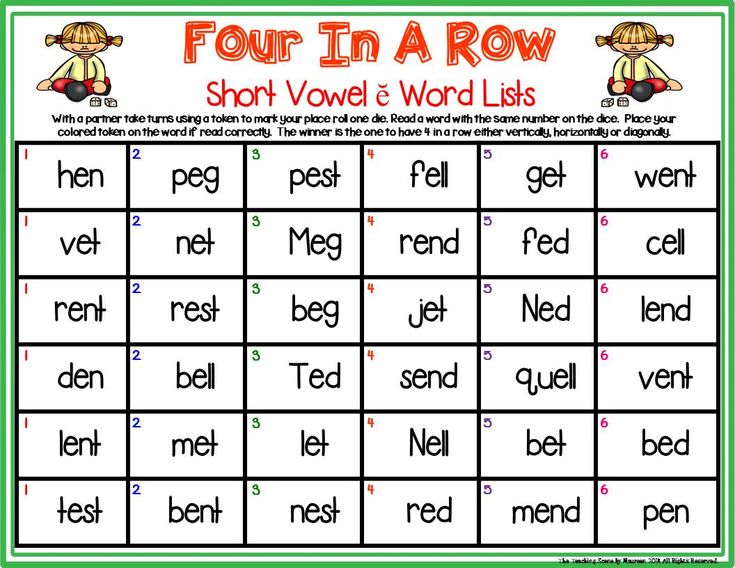 " Here are some other great examples of words with the short O sound.
" Here are some other great examples of words with the short O sound.
bog | bop | con | cod | cog | cot |
cop | don | dog | dot | fog | god |
got | hog | hot | jog | jot |
lob |
log | lot | lop | mob | mom | mop |
nod | not | odd | pod | pop | pot |
rod | rot | sod | Tom | tot | top |
Short "U" Words
The short U sound is what you hear in words like "bus" or "hum." Here are some other great examples of words with the short U sound.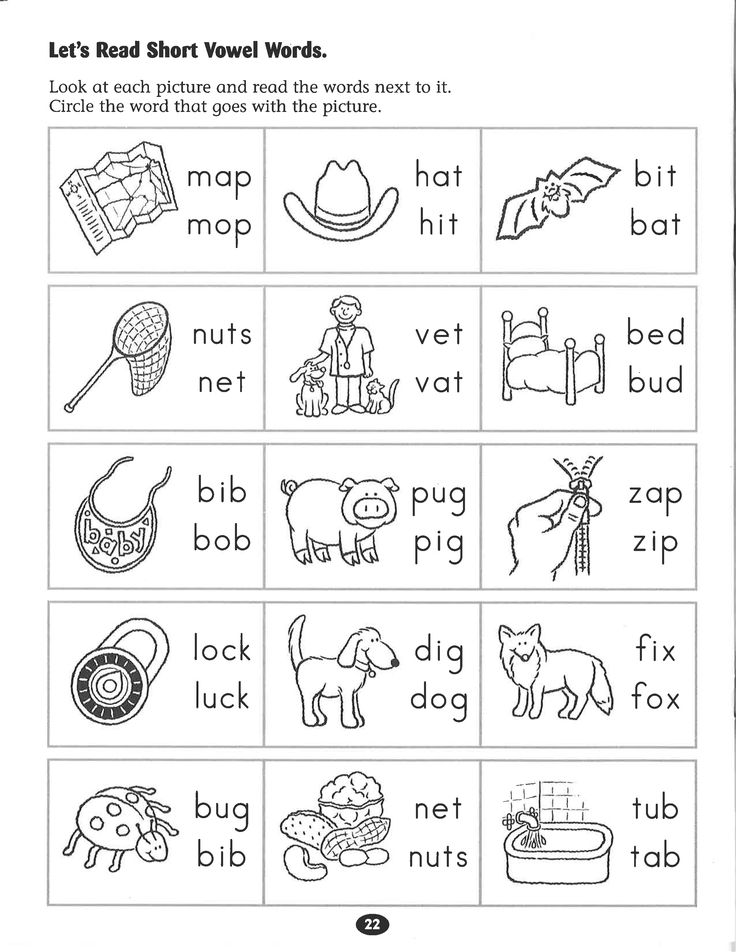
bun | bum | bus | bud | bug | but |
cud | cut | cup | dug | fun | gun |
gum | Gus | gut | hum | hug | hut |
jug | jut | lug | mug | nun | nut |
pun | pug | pup | rub | run | rum |
rug | rut | sub | sun | sum | tug |
View & Download PDF
Advertisement
Using Short Vowel Sounds
Though the above list of words with short vowels is incomplete, you can use it to understand the basic usage for the short vowel sounds. These short vowel sounds are often used in larger words as well. You might see them in words that also contain long vowel sounds, or even in two-lettered words, like "in," "it," and "at." Longer words, such as "magistrate" or "fascinate," use both short long vowel sounds.
You might see them in words that also contain long vowel sounds, or even in two-lettered words, like "in," "it," and "at." Longer words, such as "magistrate" or "fascinate," use both short long vowel sounds.
Some words use the short vowel sound and the long vowel sound, depending on the tense of the word. Words like "read," for example, are pronounced as the long vowel sound when the tense is present. For example, "We are reading this list of short vowel words."
However, when the tense is changed from present to past tense, the long vowel sound is taken away and the short vowel sound is introduced in the same word. For example, "I read the list of short vowel words, and understand much better now."
Pronunciation Pros
If you're teaching short vowel sounds to little learners, practice makes perfect. If you're teaching ESL students, here are some tips and resources for teaching ESL pronunciation. And, when you're ready for the flip side of the coin? Take a look at these examples of long vowel words too.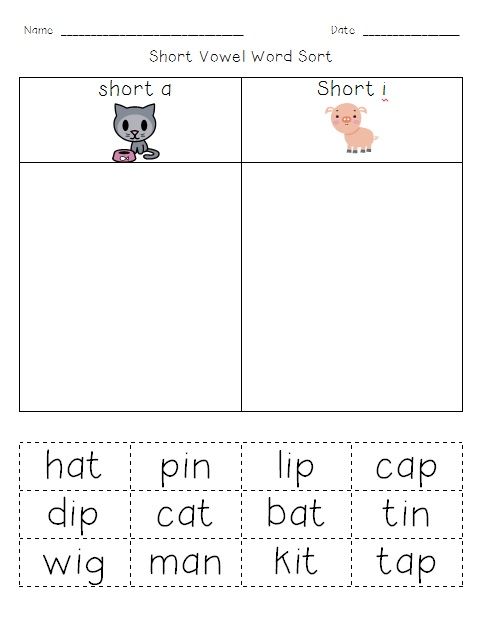 You might also want to explore when "y" is a vowel.
You might also want to explore when "y" is a vowel.
Free Printable Short Vowel Word Families
CVC words, or consonant vowel consonant words, are normally the first words children learn to write and read. These short vowel words include 3 sounds, a beginning sound, a middle vowel sound, and an ending sound. Kindergarten and first grade teachers use CVC words often in reading and writing instruction. However, sometimes coming up with CVC words on the spot, or simple short vowel words on the spot can be tricky. That’s why I’ve compiled these handy lists of CVC and short vowel words by vowel sound.
Scroll to the end of the post to download the free printable lists from my free resource library for email subscribers.
How to Use the Lists
These lists can be used any time you need some easy to read or easy to build short vowel words. Print them out and keep them as a reference for guided reading. You can also use these lists to help build spelling lists, work on segmenting or building CVC words, or to practice mapping words based on sounds if you follow the science of reading in your classroom.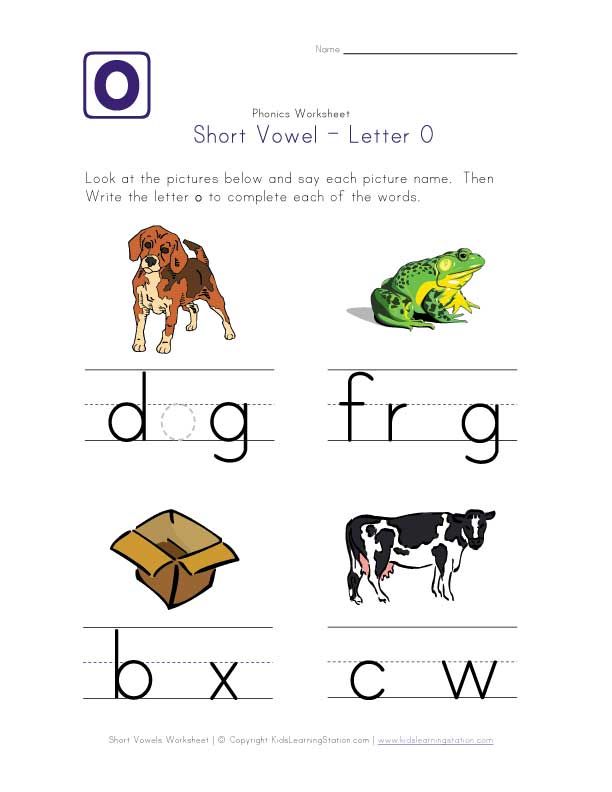 You can also find these words in handy ready to print student friendly lists here.
You can also find these words in handy ready to print student friendly lists here.
Short Vowel CVC Word Family Lists
Below are consonant vowel consonant word lists. They’re grouped by vowel for easy use. First I’ve included CVC words with a single consonant, vowel, and then consonant. Although they’re not CVC words, I’ve also included some words that are short vowel words that still fall within the word families. Sometimes students are ready to add a digraph or blend to a CVC word, and it’s helpful to have some more complex words handy. I’ve also included names in the list which can be handy if you’re working on writing decodable passages or sentences.
Short a CVC Word Lists
at wordsbat, cat, sat, hat, rat, mat, fat, pat, vat
flat, splat, that, brat, chat, gnat
ap wordscap, map, nap, lap, gap, rap, sap, tap, yap, zap
clap, flap, slap, snap, trap, wrap, strap
an wordsban, can, man, fan, pan, ran, van, tan, Dan
clan, plan, scan, span, than, bran
ad wordsbad, dad, lad, had, mad, fad, pad, sad, rad, tad
clad, grad, glad
am wordsbam, jam, ham, Pam, Sam, dam, jam, ram, yam
clam, cram, slam, gram, scam, scram, tram, wham, swam
ag wordsbag, gag, lag, nap, rag, sag, tag, wag, zag
drag, flag, snag, swag
ax wordswax, tax, fax, lax, max
flax
ack wordsback, hack, sack, lack, Jack, pack, rack, tack, Zack
black, crack, quack, snack, stack, track, smack, slack
ank wordsbank, tank, rank, sank, yank, dank, Hank
plank, blank, prank, clank, thank, crank, flank, drank
and wordsband, hand, land, sand
brand, bland, gland, grand, stand, strand
misc.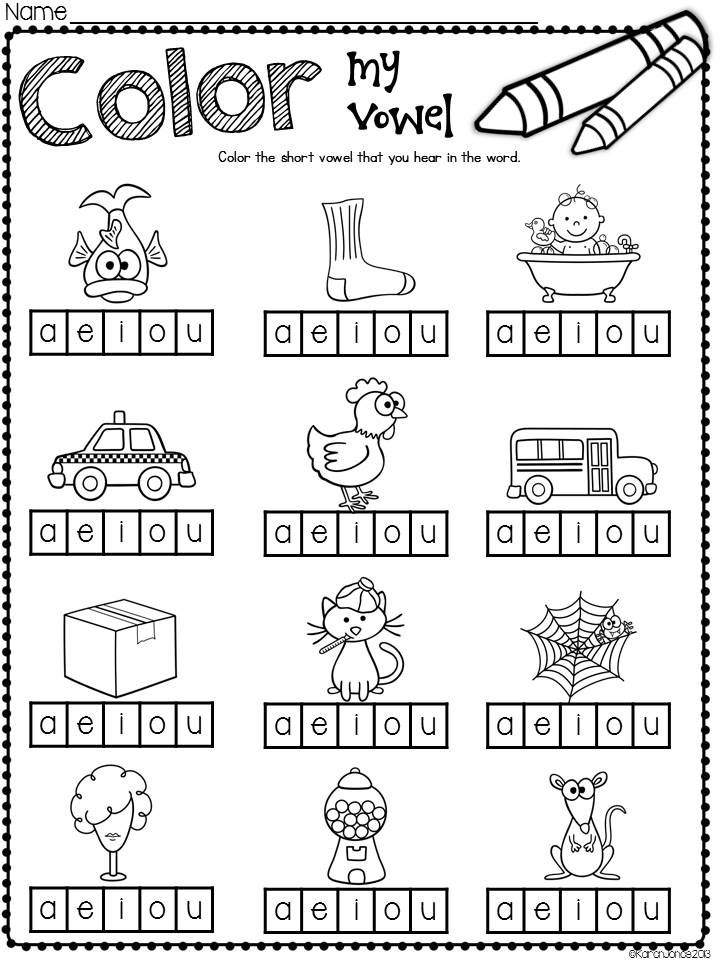 short a CVC words
short a CVC wordsyak, gas, gal, pal
Short e CVC Word Lists
en wordshen, men, den, pen, ten, Ben, Jen
when, then
et wordsbet, set, met, net, vet, let, jet, get, pet, yet, wet
fret, whet
ed wordsbed, med, led, fed, Ned, red, wed
shed, bled, fled, sled, sped, shred, sled, pled, Fred
eg wordsbeg, peg, leg, keg, Meg
ell wordsbell, sell, yell, cell, dell, fell, jell, tell, well, Nell
smell, spell, swell, quell, shell
eck wordsdeck, neck, peck, Beck
check, speck, wreck, fleck
end wordsbend, tend, mend, fend, send
blend, spend
ent wordsbent, sent, cent, dent, tent, gent, vent, lent, went, rent
spent, scent
misc. short e wordsyes, web, Deb, gem, hem, pep, yep, step, stem
Short i CVC Word Lists
it wordsbit, fit, sit, hit, kit, lit, pit, sit, wit
skit, spit, split, quit, slit knit
ip words,dip, hip, lip, nip, kip, rip, sip, tip, zip
clip, drip, flip, ship, skip, trip, whip, chip, grip, strip, snip
in wordsbin, kin, fin, din, sin, pin, tin, win
shin, chin, grin, spin, skin, thin, twin
ig wordsbig, dig, fig, jig, pig, rig, wig, zig, gig
twig, sprig
id wordsmid, bid, lid, kid, hid, did, rid
grid, skid, slid, squid
ib wordsbib, fib, rib, nib
crib
im wordshim, dim, sim, rim, Jim, Kim, Tim
whim, swim, brim, grim, slim
ill wordsbill, dill, fill, gill, will, hill, mill, pill, sill
Jill, chill, drill, frill, skill, spill, still, grill, quill, krill, trill, thrill, shrill
ick wordsnick, lick, sick, pick, tick, Rick, wick, kick
quick, thick, slick, stick, brick, chick, trick
ing wordsding, king, sing, ring, wing, ping, zing
bring, sling, sting, cling, fling, thing, swing
ink wordslink, pink, wink, rink, sink, kink
blink, stink, brink, think, clink, drink, slink, shrink
misc. short i words
short i wordsthis, mix, six, fix
Short o CVC Word Lists
ot wordsbot, cot, dot, got, hot, jot, lot, not, pot, rot, tot
blot, clot, knot, plot, shot, slot, spot, snot, trot
op wordsbop, cop, hop, lop, mop, pop, sop, top
chop, clop, crop, drop, flop, stop, shop, plop, slop, prop, glop
ob wordslob, cob, Bob, rob, mob, sob, job, gob
blob, glob, knob, slob, snob, throb
og wordsbog, cog, dog, fog, hog, jog, log
clog, frog, smog, blog, slog
ox wordsbox, lox, fox, pox
od wordsrod, sod, pod, cod, nod, mod, bod, God
prod
ock wordslock, mock, dock, rock, jock, sock, hock, tock
block, knock, stock, clock, crock, flock, shock, frock, smock
misc. short o wordsmom, Tom, prom, doll, con, Ron
Short u CVC Word Lists
ut wordsbut, cut, nut, hut, rut, gut, jut
shut
ug wordsbug, rug, dug, jug, hug, tug, lug, mug, pug
slug, plug, chug, snug, shrug
ub wordstub, rub, cub, hub, sub, nub, dub, pub
club, grub, stub, shrub
un wordsbun, fun, sun, run, gun, nun, pun
stun, spun, shun
ud wordsmud, bud, cud, dud
thud, stud, spud
um wordsbum, gum, hum, mum, sum
chum, drum, glum, plum, scum, slum
uck wordsduck, luck, suck, tuck, buck, puck, muck, yuck
truck, chuck, cluck, pluck, stuck, struck, shuck
ump wordsbump, dump, hump, jump, lump, pump
chump, frump, grump, plump, slump, stump, thump, trump
misc. short u words
short u wordspup, cup, bus
thus, flux
Click the picture below to download the free printable lists from my free resource library for email subscribers.
Find me on Instagram, Facebook, Twitter, and Pinterest!
Join my FREE Facebook Club for k-2 teachers here.
"Vowel sounds"
About the motivating force of the game motive, the crucial importance of the game for the general mental development of a preschool child once written in the psychological and pedagogical literature.
Now a lot of six-year-olds are enrolling in the first class, and after all, these are the “unfinished” preschoolers.
The easiest way for such schoolchildren to read and write lies through games of sounds and letters. After all, the letter is the translation of speech sounds into letters, and reading is translation of letters into sound speech.
The task of sound analysis of words will be solved children more willingly if given a play shape.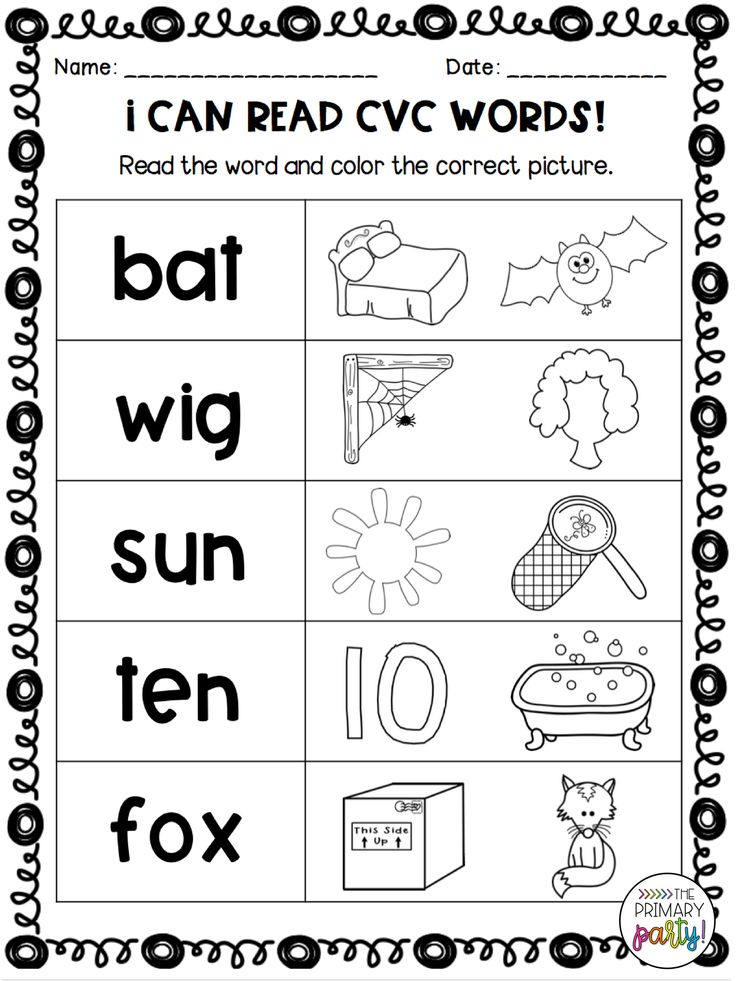
The main task of the pre-letter stage of education literacy - to make a word for the child, his sound shell is not only tangible, but also attractive, interesting.
The work of a speech therapist is aimed at help children with speech problems faster adapt to school. Their learning difficulties process are obvious. And the primary task is to keep in mind the development of learning skills and interest to the learning process itself.
I often use fairy tales in my work. If a I have to compose a fairy tale, then it does not amount to me work - I compose. The main thing in my work is not to be boring and help the child cope with difficulties.
Oddly enough, but consonants and letters are children remember faster (especially bright-acoustic - M, L, R), but with vowels there is a problem.
The fact is that children confuse vowel sounds and letters, and hence the errors in writing and reading.
I decided to “revive” the vowels and give them individuality (visually and acoustically).
Six vowels - let it be a village (then iotated vowels will be added to them letters - I, Yu, E, E). There are many consonants more is a city.
But now we will talk only about vowel sounds.
For connecting motor speech and hearing analyzers with the development of general motor skills in used as a physical exercise phonetic rhythm. Motor exercises help develop auditory attention, clarify articulation and activate pronunciation skills.
Lesson objectives:
- develop children's phonemic hearing;
- clarify the articulation of vowels, teach evaluate your muscle sensations pronunciation of vowels - A, U, O, E, S, I, linking these sensations with the fact that they are hear;
- focus children's attention on the concept “VOYAL SOUNDS”;
- to form the skills of analysis and synthesis of syllables.
Lesson material:
- handout - customized mirrors for monitoring articulation apparatus, a set of figures (a circle, a smaller circle, oval, half circle, “smile”), strip of paper divided into three equal parts - concept scheme “WORD”, red squares;
- demonstration material - manual “VOVONS SOUNDS” see figure 1, 2, 3, 4, 5, 6;
- subject pictures.
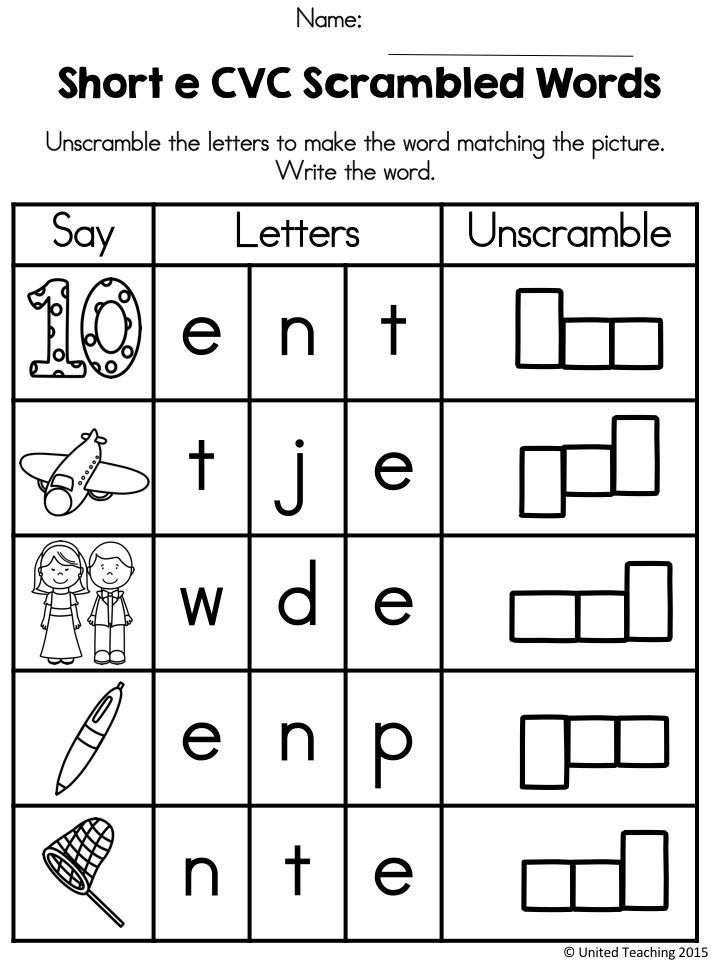
LESSON PROGRESS
1. Organizational moment.
The one who remembers the words will sit at the desk beginning with the sound “A”, “U”, “O”, “I”, “E”.
Know, there are absolutely no words for a vowel, Alas "Y".
2. Main body.
Speech therapist :
To be able to read well
Everything you need to know about sounds.
Start with vowels
Learn them all by five.
We will imagine that the sounds of the city, the village have
And let's start, of course, with vowels. They are exactly numbered six:
A, U, O, E, S, I.
Here in the wonderful village
Ringing, in pink tones
Girls in beautiful dresses
With bells in hand.
From morning to evening they sing,
Ringing, singing their voices
And they are all called vowels
It's impossible without them.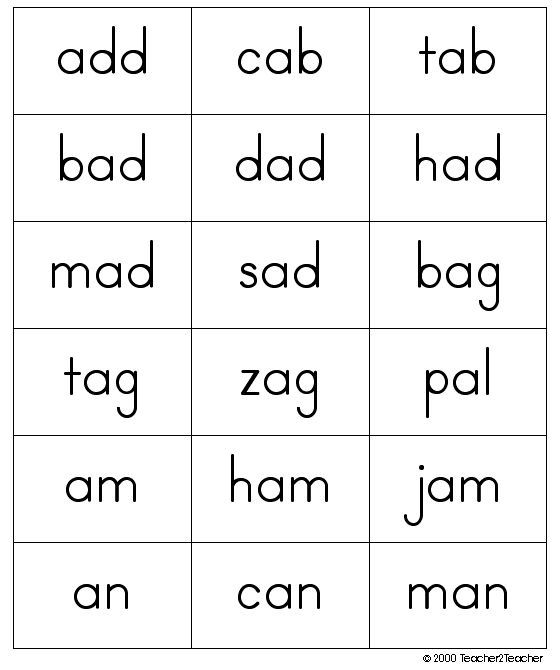
/ On the board - the manual "Vowels" - houses with girls in red dresses with bells in hands, on houses, geometric figures
Now we will go to the first house
"A" is in charge of it.
Mouth opens freely,
Singing songs loudly.
Children hold a mirror with one hand, look and pronounce the sound “A” smoothly and for a long time.
Cover the throat with the other hand in order to feel the vibration of the vocal cords.
Let's knock on the vowel “U”,
Mouth folded into a tube.
Children look in the mirror and sing - "U", hand on neck.
Here is an open window
We are greeted by the vowel "O".
Mouth opens like in a choir,
He also sings something.
Children look in the mirror and sing - "Oh", hand on neck.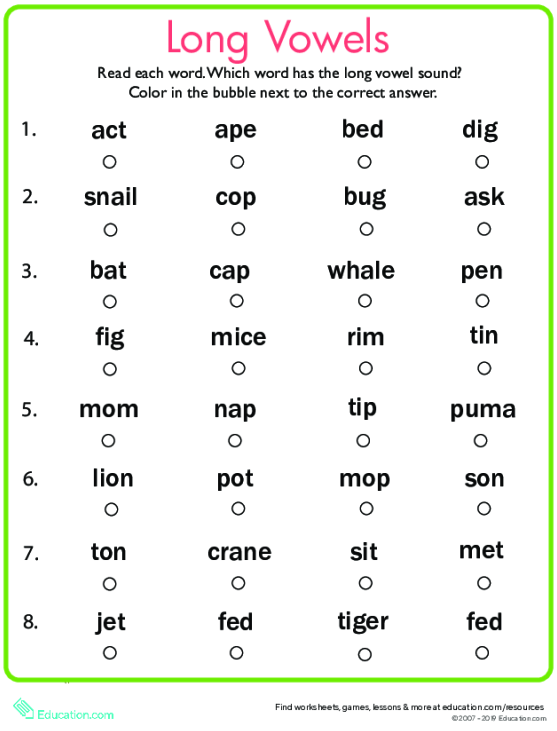
"E" sings like an echo
Here, brothers, no laughing matter:
Mouth round like a dot,
Stretched into half a circle.
Children look in the mirror (control articulation and vibration of the throat).
Let's go to the vowel “Y” now
We will sing along with her.
Let's stretch the mouth like an oval,
That stumbled and fell.
Children look in the mirror (control articulation and vibration of the throat).
The vowel “I” is more cheerful than all
And a smile from ear to ear.
Children look in the mirror (control articulation and vibration of the throat).
3. Physical education.
Speech therapist: Let's sing the vowels sounds. Repeat after me.
Speech therapist shows children along with movement on exhale sounds.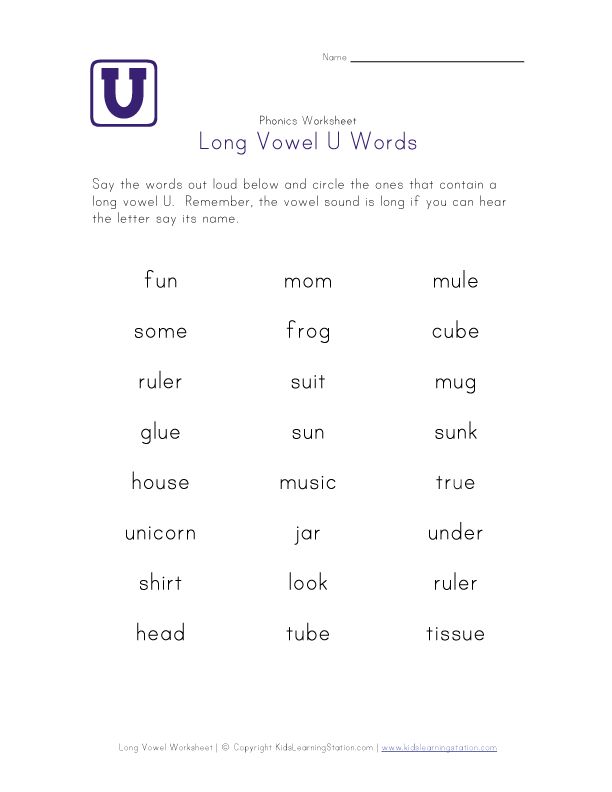
(Starting position: standing feet together, hands bent at chest level, fists together.
A - spread your arms to the sides and down;
U - hands forward;
O - arms through the sides up;
E - palms outward - spread apart;
Y - sharply throw out hands with the index finger YOU-YOU-YOU, WE-WE-WE
Starting position for the sound "I" - standing feet together, arms bent at the elbows, elbows to the sides and slightly up, fists apart
I - index fingers up and climb socks, hands up).
4. Rule.
Speech therapist: What did you notice when looked in the mirror?
Children's answers: Mouth opened differently.
Speech therapist : Exactly. When we pronounce “VOVONS”, then the mouth opens every time differently.
Girls in red dresses
Mouth opens differently,
And that's why different
They make sounds.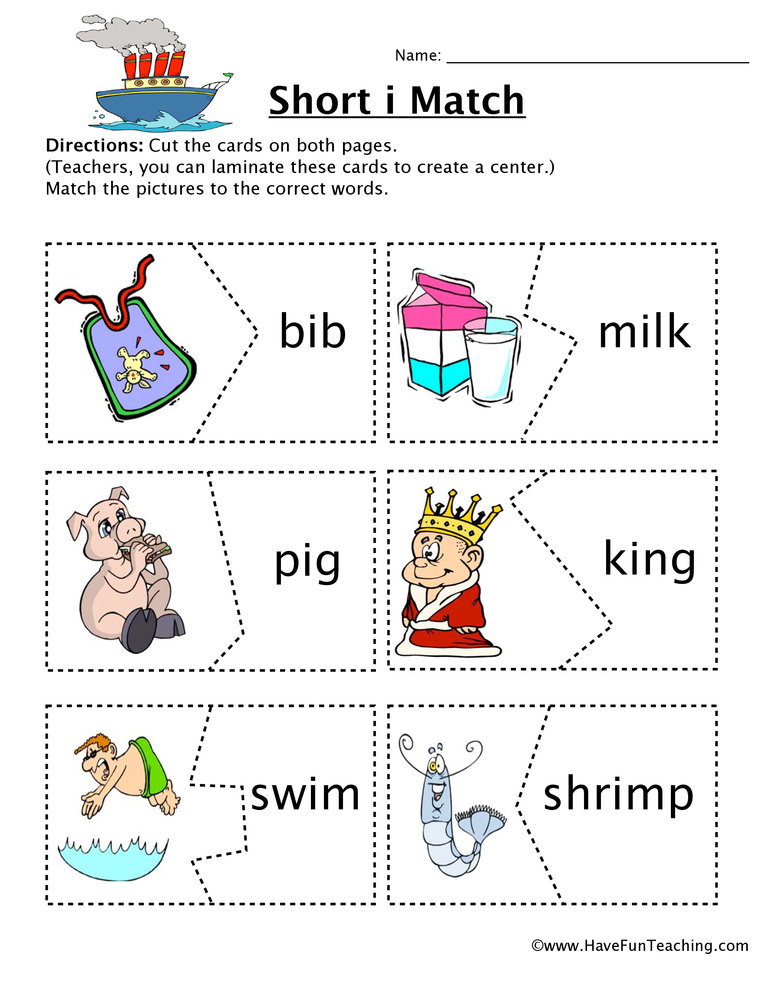
Let's learn a rule that will help us distinguish vowels from consonants. (Rule pronounced in chorus behind a speech therapist)
The mouth is open - a large hand finger
Language is not obstructed - children show index finger
The neck sings (voices) - children show ring finger
5. Didactic games for reinforcement material.
5.1. Guess what sound I want pronounce. Guess and turn on the sound.
Guessing sounds from silent articulation.
(Invite the children to “guess” a sound to a neighbor in desk)
5.2. Exercise “Find the place of sound in word."
Speech therapist : I suggest looking for vowels sounds at the beginning, middle or end of words.
Words have a beginning - the first sound, an end - last sound, all other sounds are in middle. What sound do you want to look for?
For example, the children suggested the sound “O”.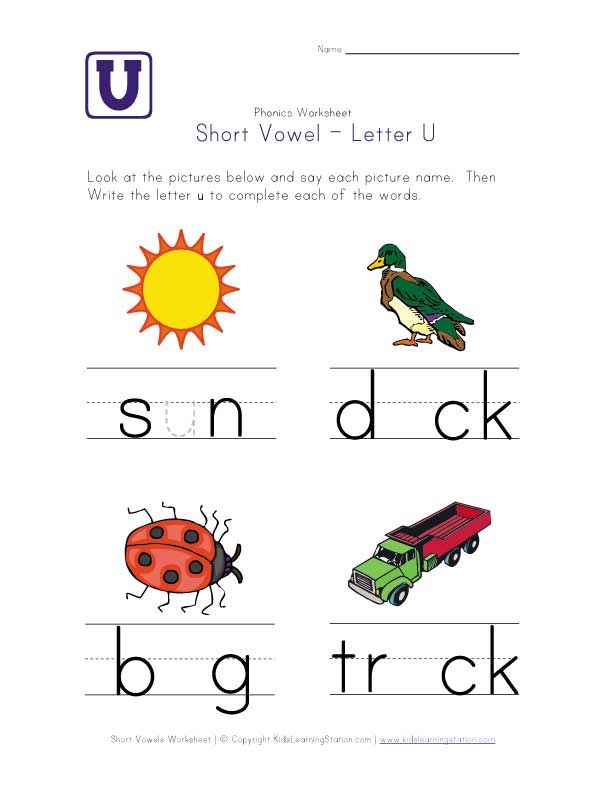
The speech therapist pronounces words with the sound “O”, and the children on the diagram “WORD” mark it in red square.
(If the children wish, also continue the exercise with other vowel sounds. Can be complicated task by suggesting a word with two identical sounds. For example: KANGAROO - children find the sound “Y” in the middle and at the end)
5.3. Didactic game “What sound sang?”
Speech therapist : I suggest to play, vowels look for sounds in words.
The game is called “What sound did you sing?” You must learn the sound and show the figure.
For example: Mind - the children raise a small circle, which means "U".
(Invite the children to think of short words)
The game continues, but becomes more difficult. Now in words will “hide” two or three vowels sound.
There are words with only one syllable
You can’t find them in short: UM, MAC, UZH, BITCH ...
They have only one vowel sound.
And the words TRA-VA and KOSH-KA
Will be a little more authentic
Vowel sounds in the word two
Well, there are also two syllables.
There are words with many sounds.
Sounds vowels count
Open your mouth wider.
You can walk syllables, tap, slam,
If you want to count your fingers, open your mouth - bend it.
(Children find vowel sounds in words and lay out the figures that designate them on the desk). For example: moon
snail, etc.
5.4. Outdoor game “Find your house”.
Children can choose a shape to represent one sound or another.
Children-leaders are selected, who have in their hands picture. Presenters show what is drawn on card and children with figures run to their "house".
For example: Excavator - everyone with a figure fits this leader.
Watermelon - with a figure they approach their house, etc.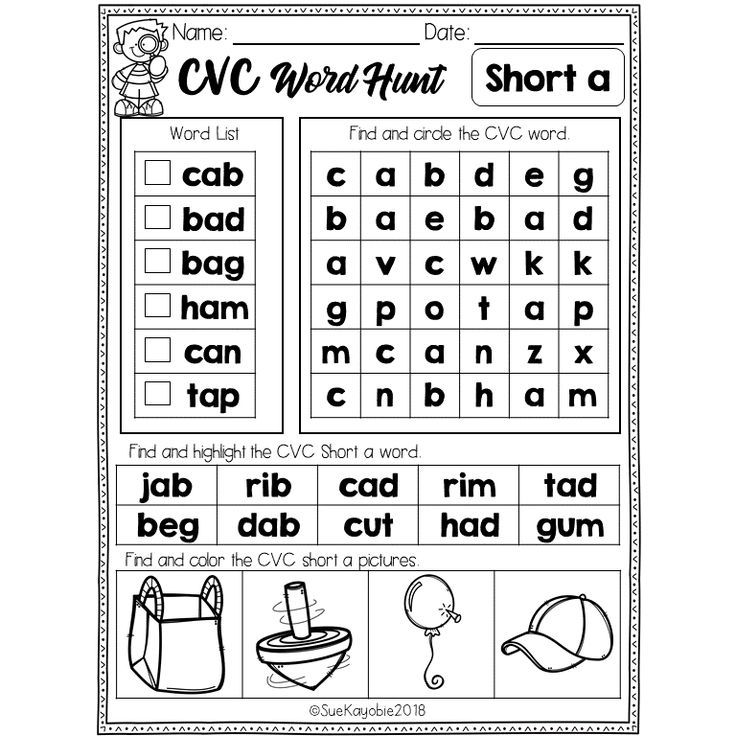
5.5. Didactic game “Guess word".
Speech therapist : I will think of words. To guess a word, you need to put first sound. Guessing the words will help you pictures on the board: ... orange, ... tight, ... ndyuk, ... kskavator, etc. (orange, iron, turkey, excavator).
5.6. Didactic game “Live sounds” (AU, UA, IA).
6. Summing up.
Long and short vowels in English
Longitude is one of the characteristics of a vowel sound, which shows the relative duration of its sound compared to other sounds.
Longitude can be positional and phonemic. In the first case, the duration of the vowel depends on the position in the word and stress, while this characteristic does not affect the meaning. The phonemic length of a vowel has a semantic function, that is, depending on the length of the sound, the meaning of the word changes.
English vowel length
In Russian, the duration of vowel sounds does not affect the meaning of words and only changes depending on the stress.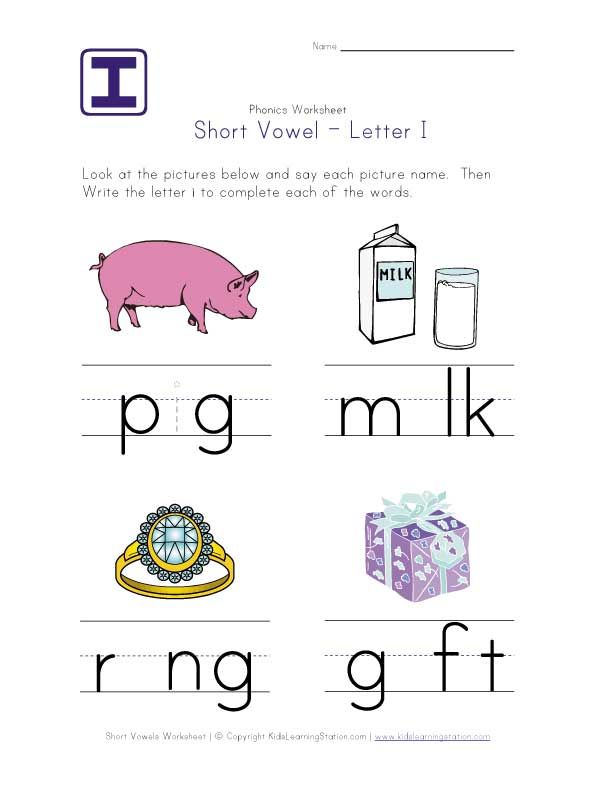 In English, vowels differ not only in positional but also in phonemic length. This means that long and short sounds, similar in other characteristics, represent different phonemes. Words that differ only in these phonemes have different meanings: ship - sheep , fit - feet , pull - pool . Therefore, it is so important to pronounce long and short sounds correctly.
In English, vowels differ not only in positional but also in phonemic length. This means that long and short sounds, similar in other characteristics, represent different phonemes. Words that differ only in these phonemes have different meanings: ship - sheep , fit - feet , pull - pool . Therefore, it is so important to pronounce long and short sounds correctly.
In transcription, long vowels are indicated with a colon: [i:], [α:], [ɔ:], [u:], [ә:]. In some cases, long vowels in an unstressed position are reduced and become semi-long, which in transcription is indicated by one dot from above: [α ].
The long vowels listed above are opposed to short ones, forming the following pairs in English:
- [i:] - [ı]
- [uː] - [u]
- [ɔ:] - [ɒ]
- [α:] - [ʌ]
- [ә:] - [ə]
The pronunciation of long and short English vowels often causes difficulties for Russian learners of English, since in Russian vowels do not have phonemic longitude, and we are not used to distinguishing the length of a vowel sound by ear.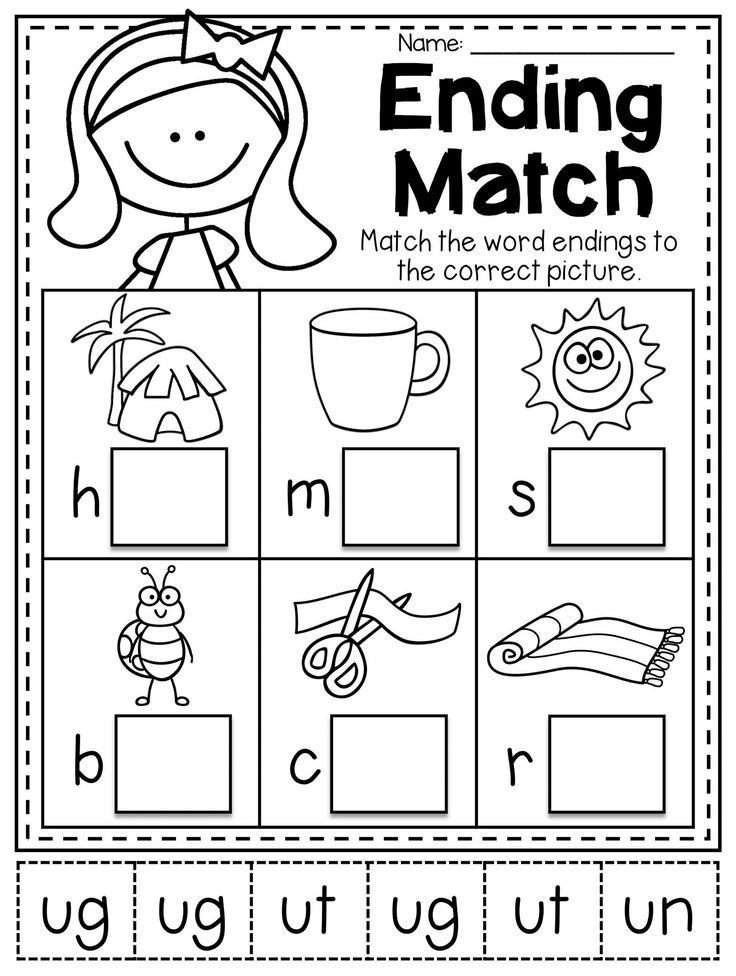 We often do not hear the difference between long and short vowels when listening to English speech. It is still not clear how long you need to draw a sound when speaking, so very unnatural, or almost inaudible, or too long vowels are obtained. It is impossible to correctly pronounce short and long sounds so that a native speaker hears the difference, even if you diligently shorten short vowels and stretch out long ones.
We often do not hear the difference between long and short vowels when listening to English speech. It is still not clear how long you need to draw a sound when speaking, so very unnatural, or almost inaudible, or too long vowels are obtained. It is impossible to correctly pronounce short and long sounds so that a native speaker hears the difference, even if you diligently shorten short vowels and stretch out long ones.
Sometimes it seems that native speakers themselves do not know the difference between short and long sounds, they seem to pronounce them the same way - but they themselves understand each other. But it's not. Let's see what are the differences between long and short English vowels, how to learn to hear them and how to train their pronunciation.
Differences between long and short English sounds
It is logical to assume that if vowels are called long or short, they differ in sound length. This is the main difference between them, but not the only one.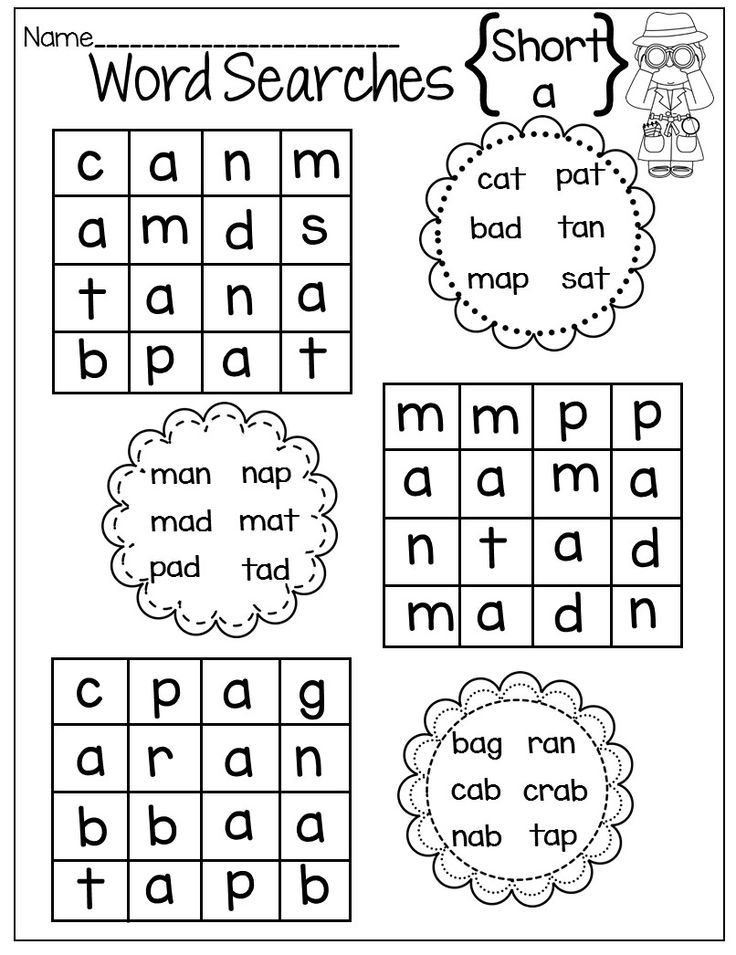 It is important to understand that long and short sounds have other differences, which consist in articulatory features. This means that the sounds are not just of different lengths, they are also different in sound. And most often it is these articulatory features that determine the length of the vowel sound: the duration of the sound depends on the position of the tongue and the tension of the vocal apparatus.
It is important to understand that long and short sounds have other differences, which consist in articulatory features. This means that the sounds are not just of different lengths, they are also different in sound. And most often it is these articulatory features that determine the length of the vowel sound: the duration of the sound depends on the position of the tongue and the tension of the vocal apparatus.
Long and short English vowels differ in such a characteristic as tension. Long vowels are tense, in English they are also called tense . When they are pronounced, the root of the tongue seems to be tense, under tension. The sound is pronounced, bright, rich, clear.
Short vowels are called lax – relaxed. The tongue in the region of the root is relaxed, the vowel sound is articulated quickly, easily, without additional effort, as if bursting. It turns out short, inconspicuous, faded and fuzzy.
Qualitative differences in sounds in different pairs of English vowels range from pronounced to almost imperceptible.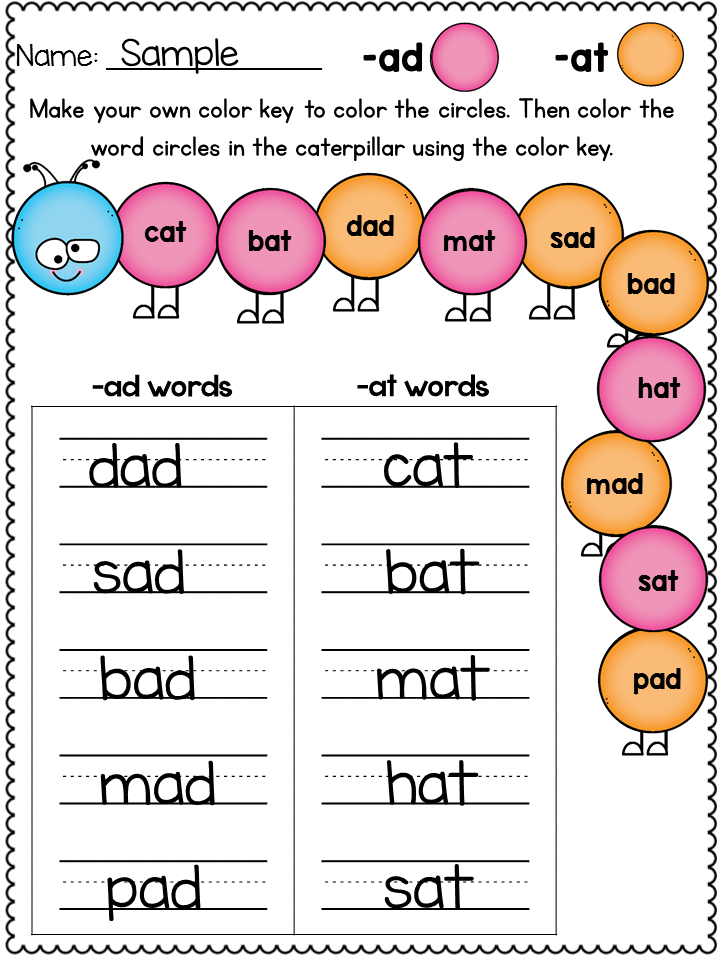 It is easy to notice the difference between long and short sounds a: pay attention to how the words cart and cut are pronounced, they differ not only in duration, but also in sound. But the differences between long and short u are almost imperceptible: pool and pull sound very similar, only slightly different in length. The Scots generally pronounce them the same way, differing only in context.
It is easy to notice the difference between long and short sounds a: pay attention to how the words cart and cut are pronounced, they differ not only in duration, but also in sound. But the differences between long and short u are almost imperceptible: pool and pull sound very similar, only slightly different in length. The Scots generally pronounce them the same way, differing only in context.
In addition, the duration of the pronunciation of vowels is also affected by positional longitude - for example, stressed or unstressed position in a word. As a result, a short vowel sound in one word may sound longer than a long sound in another word.
Thus, it is not enough to rely only on the subjective duration of a vowel sound. All the features of short and long vowels described above must be taken into account when learning English. It remains to understand how to master the pronunciation of long and short sounds in practice.
How to learn to pronounce long and short English vowels
The main mistake foreigners make when pronouncing long and short English sounds is focusing only on duration.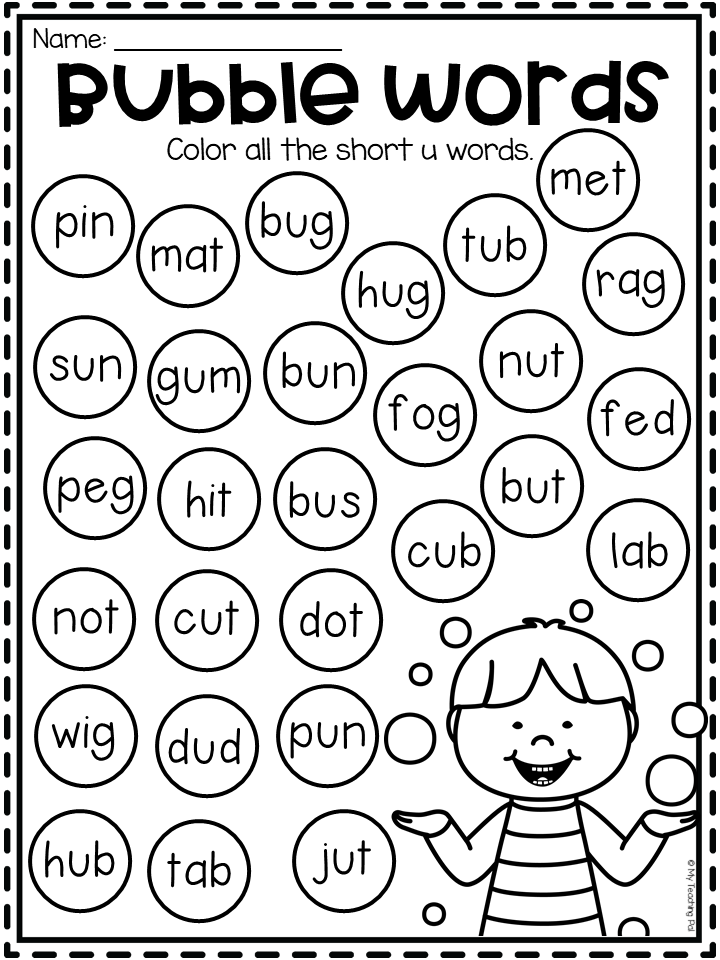 But with this approach, it is intuitively incomprehensible where the boundary between a long and a short sound passes: you can’t measure the length of a sound with a stopwatch. When trying to artificially lengthen or shorten a vowel, the sounds are unnaturally short or drawn out.
But with this approach, it is intuitively incomprehensible where the boundary between a long and a short sound passes: you can’t measure the length of a sound with a stopwatch. When trying to artificially lengthen or shorten a vowel, the sounds are unnaturally short or drawn out.
To learn how to pronounce long and short English sounds, you need to forget about the usual terminology "long" and "short". Try not to think about the duration of the sound at all. To correctly pronounce long and short vowels, you need to focus on their articulation, and not on duration. If we correctly reproduce the pronunciation of the vowel, then the duration will turn out to be correct automatically. Remember that long vowels require more tension at the root of the tongue, while short ones are pronounced without additional effort, easily and without tension.
Pay attention to how native speakers pronounce vowels - don't watch how long they draw them out, but watch the pronunciation, the articulation, the quality of the sound. Repeat, imitate, practice. For practice, it is best to use video lessons or a conversation with a native speaker, since audio materials do not make it possible to see articulation.
Repeat, imitate, practice. For practice, it is best to use video lessons or a conversation with a native speaker, since audio materials do not make it possible to see articulation.
It is best to train long and short sounds not separately, but as part of words. First, this way you will note the influence of positional longitude on the duration of the sound in specific examples. Secondly, just as words are best learned in context, sounds are also best learned in the environment.
Practice pronunciation of long and short vowels on pairs of words to notice the difference between sounds, for example:
- Sport – hot
- Arm-cut
- See-hit
- Food-put
- Fur – ago
When you learn how to pronounce long and short vowels correctly in English, it will become easy to distinguish between them in speech. When listening to speech, forget about the differences in duration, pay attention to the qualitative differences in sounds - how intensely the vowel is pronounced, how bright or faded it sounds, how pairs of sounds differ from each other, except for duration.